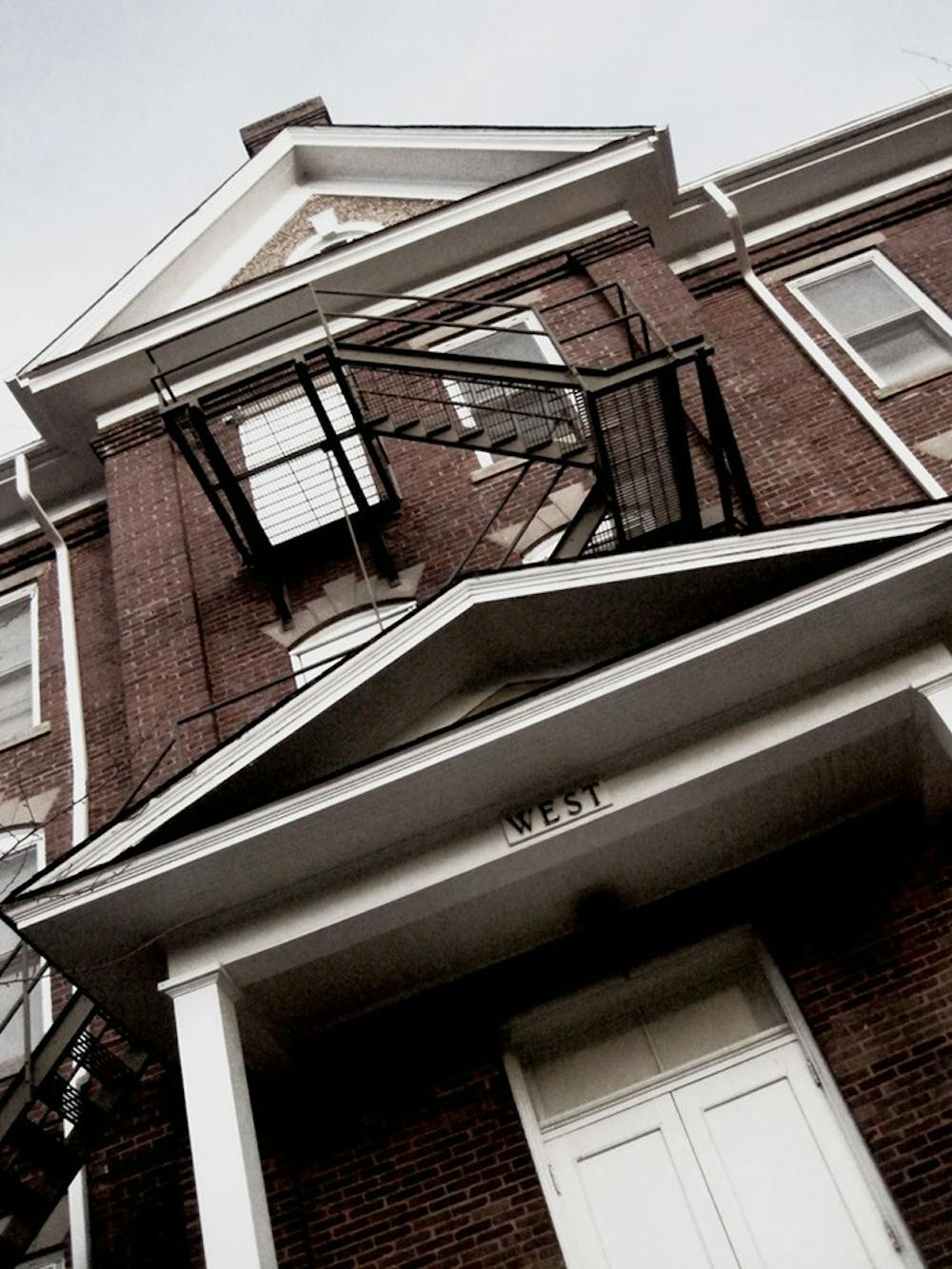Deep in the woods near Bennett is a 40-foot circle where nothing will grow. According to locals, this spot is the Devil's Tramping Ground, where Satan silently paces, plotting and planning.
Senior Brooke Kassner spent a night at this haunted spot to test the validity of myths associated with the Devil's Tramping Ground, along with other students, in 'What Can We Know,' a philosophy course led by Anthony Weston.
"The spookiness of this spot is perpetuated by itself," Weston said. "Kids have made it scary by looking for it to be scary. We wanted to test how true it really was."
The group kept an open mind, which Weston said was a crucial part of the research process. They made two camping expeditions to the site, collecting data and observations to decide whether the claims of haunting and spiritual activity were true.
With Weston's guidance, the students established a scientific methodology to test five myths associated with the site.
"We camped out for a whole night, which was a lot of fun, but we also did some real investigations," Kassner said. "We disproved a few of the premises by making observations and trusting our senses."
According to Kassner, the group was able to prove that a distinguishable circle exists in the forest, but other claims remain false.
"One myth is that all objects within the circle are moved out overnight," she said. "We chained cinderblocks together inside the circle to see if they would move and marked their location, but nothing happened."
Students also noted that a substantial amount of grass was growing within the circle. Weston collected samples and successfully grew plants in the campground's supposedly barren soil.
By applying theories of knowledge and truth, the philosophy students were able to analyze the adopted myths of the region. To further understand the impact of such legends, they questioned the source of such stories.
"We asked people at local places and the stories have been passed down from generation to generation," Kassner said. "I think a possible explanation for the devil stories is that this is the Bible Belt."
The course also focused on more local myths by analyzing the claims of Elon legends, including the ghost of West dormitory. Sophomore Sarah Wells investigated the story of Mary, a victim of the fire of 1923.
"We found that apparently no one died in the fire, but it was hard to find one streamlined truth regarding the ghost," Wells said. "We broadened our project to paranormal activity in West."
The class created two surveys, one biased and one neutral, to study the impact of leading questions on initiating paranormal beliefs.
The difference between asking "Do you feel West is haunted?" and "Do you feel comfortable living in West?" encourages different responses, according to Wells.
"We're still looking over the results now, but we've found that people are more likely to talk about Mary when they were asked leading questions," she said. "We can see that the story is being passed on from upperclassmen somehow."
After completing the projects, Kassner and Wells agree that urban legends are used as a means of establishing community.
"It's a bonding thing," Kassner said. "It gives people something to talk about, and that's important for people coming together."
From Bennett to Elon, urban legends continue to perpetuate superstition, an interesting concept for philosophers.
"We made a serious effort to be fair," Weston said. "We're skeptics, but that's philosophy. The question is: What's the best explanation for the spooky things we experienced? And we may never know for sure"


